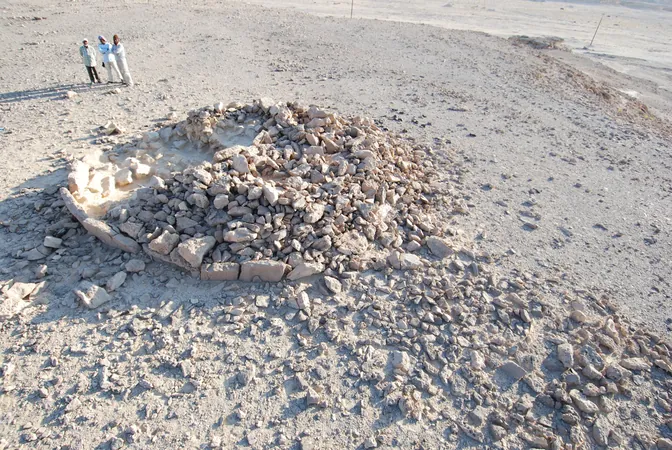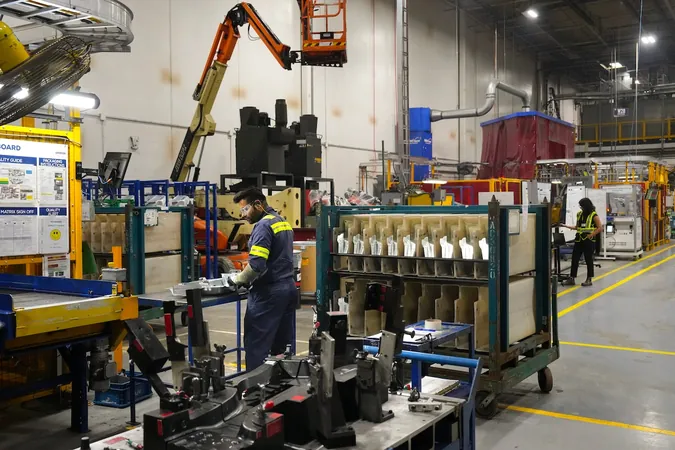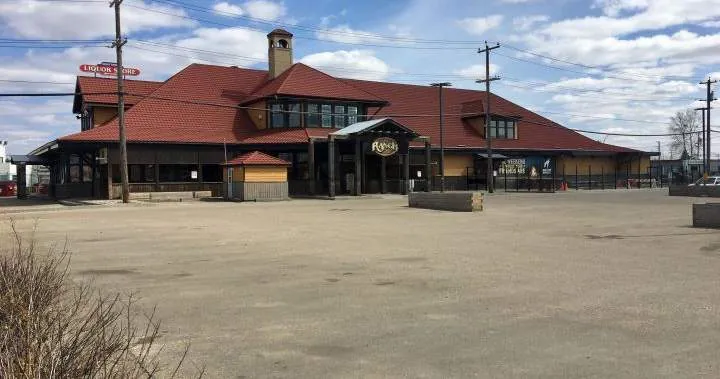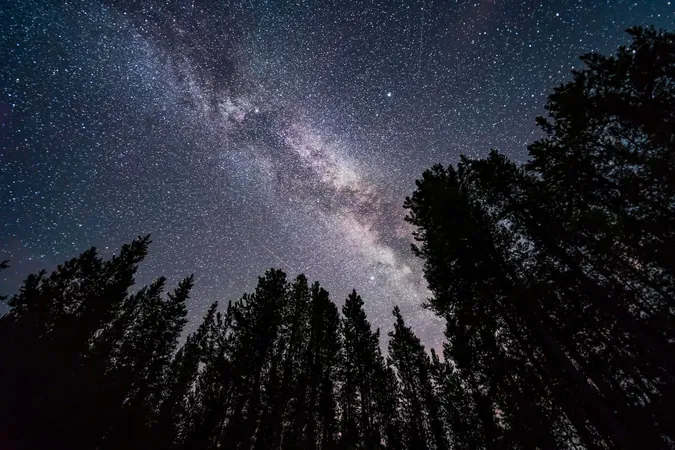
Revealing 7,000 Years of Adaptation: How Ancient Pastoralists Shaped Monuments in South Arabia
2025-05-28
Author: Benjamin
A Groundbreaking Study Unveils Ancient Secrets
Recent research shining a light on 7,000 years of South Arabian history reveals how early pastoralists bravely adapted their monument-building practices in response to dramatic environmental and cultural shifts. Published in PLOS One, this monumental study involves a team of international archaeologists who meticulously analyzed how ancient structures changed as the climate morphed from a humid paradise to the unforgiving aridity of a desert.
From Unity to Dispersal: The Evolution of Monument Construction
Initially, these impressive monuments were erected by large groups in single, collaborative efforts. However, as the climate became drier and larger populations spread out in search of resources, smaller bands took over the construction process, frequently returning to build new structures. Joy McCorriston, the study's lead author and an anthropology professor at The Ohio State University, stated, "These findings reveal that monuments are a flexible technology reflecting the resilience of desert pastoralists during climate change."
Monuments as Social Glue
Despite the shifts in group size and construction methods, the significance of these monuments remained steadfast. According to McCorriston, they acted as critical touchstones for social belonging. "As communities shrank and spread out, interactions with these monuments provided a way for individuals to feel part of a larger society." The research focused on 371 archaeological sites in the arid Dhofar region of Oman, where the oldest monuments date back to 7,500 to 6,200 BP, coinciding with the Holocene Humid Period—an era marked by heavier rainfall.
A Holistic Perspective on Monuments
Previously, most studies concentrated on specific monuments in isolation. McCorriston and her team sought to weave a coherent narrative that illustrates how individual monuments collectively reflect the changing lifestyles of people over millennia. They developed a model that could potentially apply to social resilience assessments in varied contexts across the globe, from the Saharan to the Mongolian regions.
Heavy Lifting: The Significance of Stone Size
One fascinating dimension of this research was the analysis of stone volume and size used in monument construction. The earliest Neolithic platforms featured significant stones, indicating they required substantial communal effort to build, usually involving at least seven strong men. These giant structures were designed for gatherings—think feasts and animal sacrifices—before the region turned arid and large populations could no longer congregate.
The Rise of Accretive Monuments
As environmental conditions worsened, communities could no longer support grand gatherings, leading to the emergence of smaller, accretive monuments built over time rather than in single episodes. For instance, the accretive triliths displayed a significant transition, with myriad constructs indicating that smaller groups were now maintaining these sites through repeated visits.
Memory Makers in a Harsh Landscape
These evolving monuments did more than merely commemorate locations; they represented a collective memory for communities, allowing individuals to add their personal touches over time. McCorriston noted that even when individuals rarely saw one another, these structures helped maintain a thread of community identity.
More Than Just Monuments: Communicating Critical Information
While the exact meanings of these monuments remain elusive, they likely conveyed vital environmental information to passing nomads. Questions like, "Did it rain here last year?" or "Is there enough grass for the animals?" became essential for survival in such a variable landscape. The monuments thus served not only as social connectors but also as crucial repositories of knowledge.
Conclusions: A Model for Resilience in Changing Times
Ultimately, this groundbreaking study underscores the importance of monuments in preserving social ties and adapting to life's challenges in ancient times. As McCorriston concludes, "Our findings emphasize a reliance on monuments to uphold connections and foster social resilience in a world defined by constant change."









 Brasil (PT)
Brasil (PT)
 Canada (EN)
Canada (EN)
 Chile (ES)
Chile (ES)
 Česko (CS)
Česko (CS)
 대한민국 (KO)
대한민국 (KO)
 España (ES)
España (ES)
 France (FR)
France (FR)
 Hong Kong (EN)
Hong Kong (EN)
 Italia (IT)
Italia (IT)
 日本 (JA)
日本 (JA)
 Magyarország (HU)
Magyarország (HU)
 Norge (NO)
Norge (NO)
 Polska (PL)
Polska (PL)
 Schweiz (DE)
Schweiz (DE)
 Singapore (EN)
Singapore (EN)
 Sverige (SV)
Sverige (SV)
 Suomi (FI)
Suomi (FI)
 Türkiye (TR)
Türkiye (TR)
 الإمارات العربية المتحدة (AR)
الإمارات العربية المتحدة (AR)